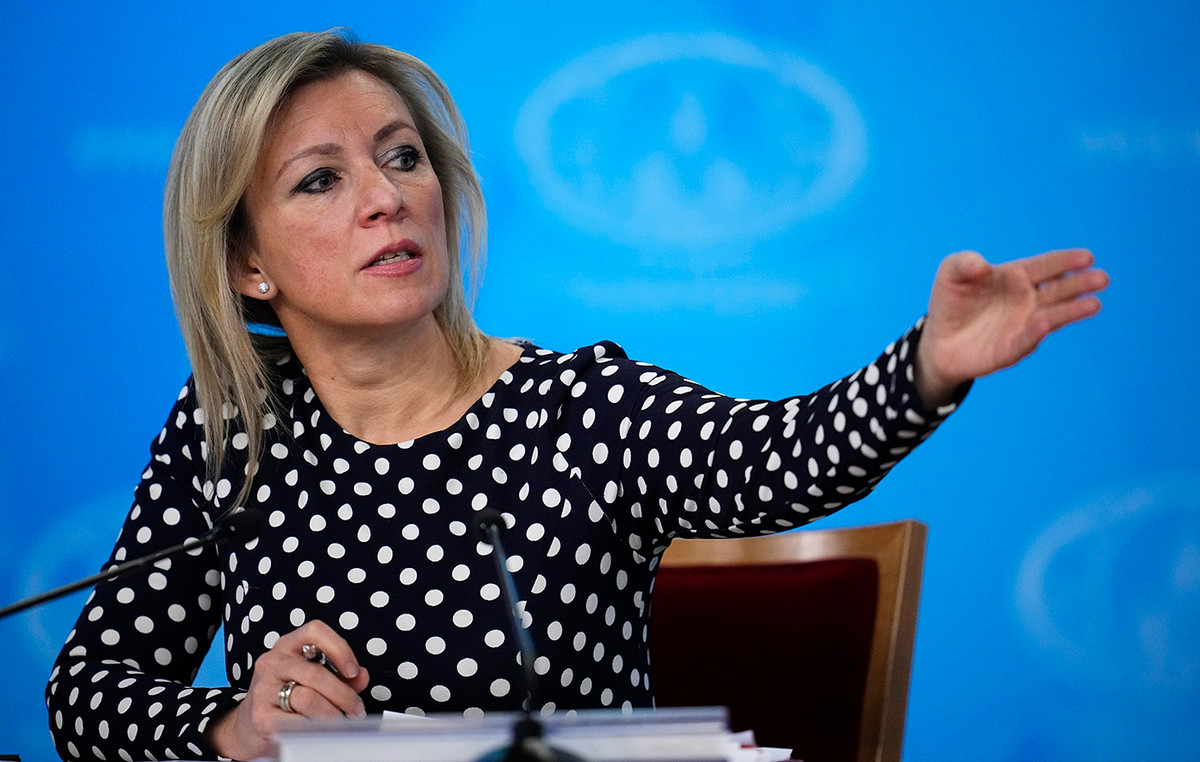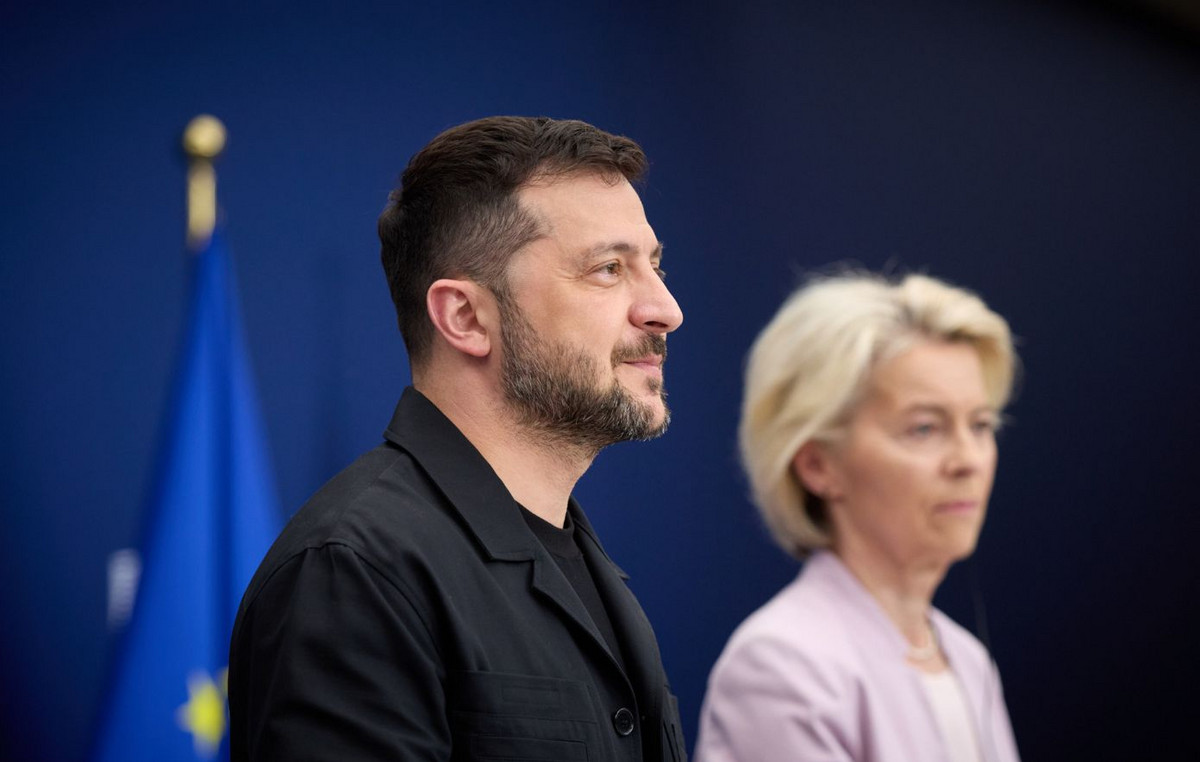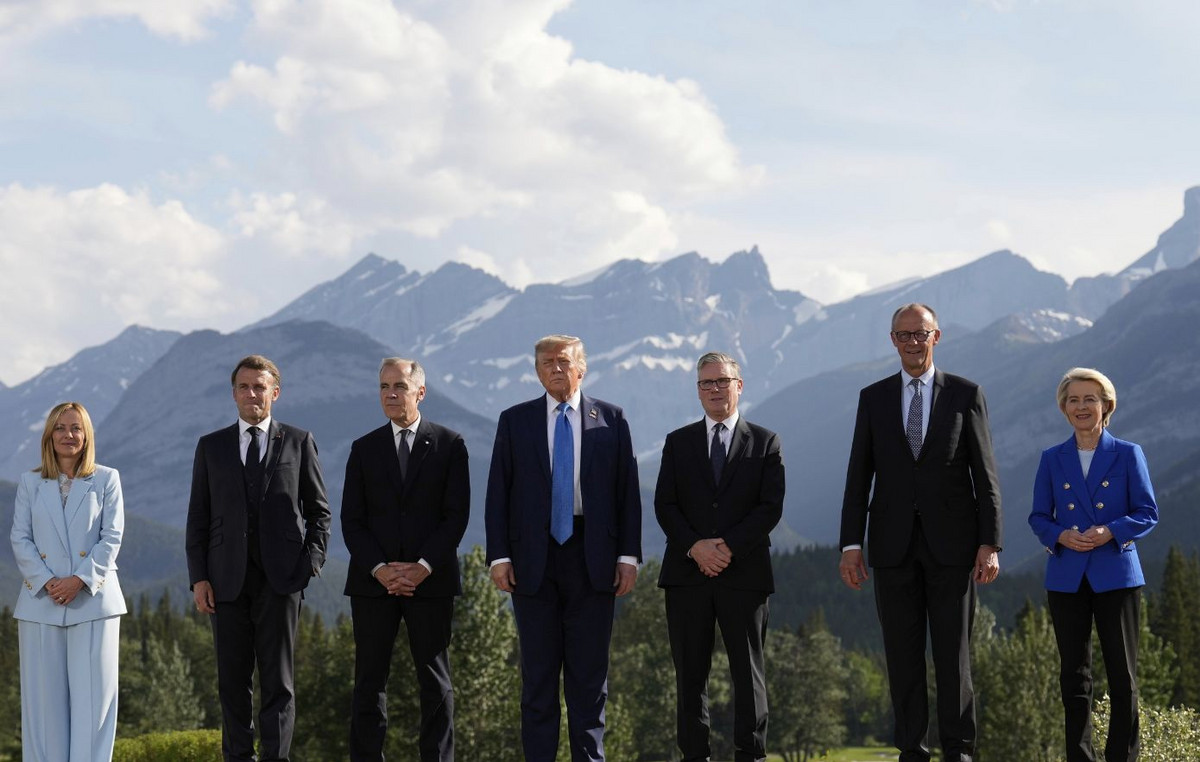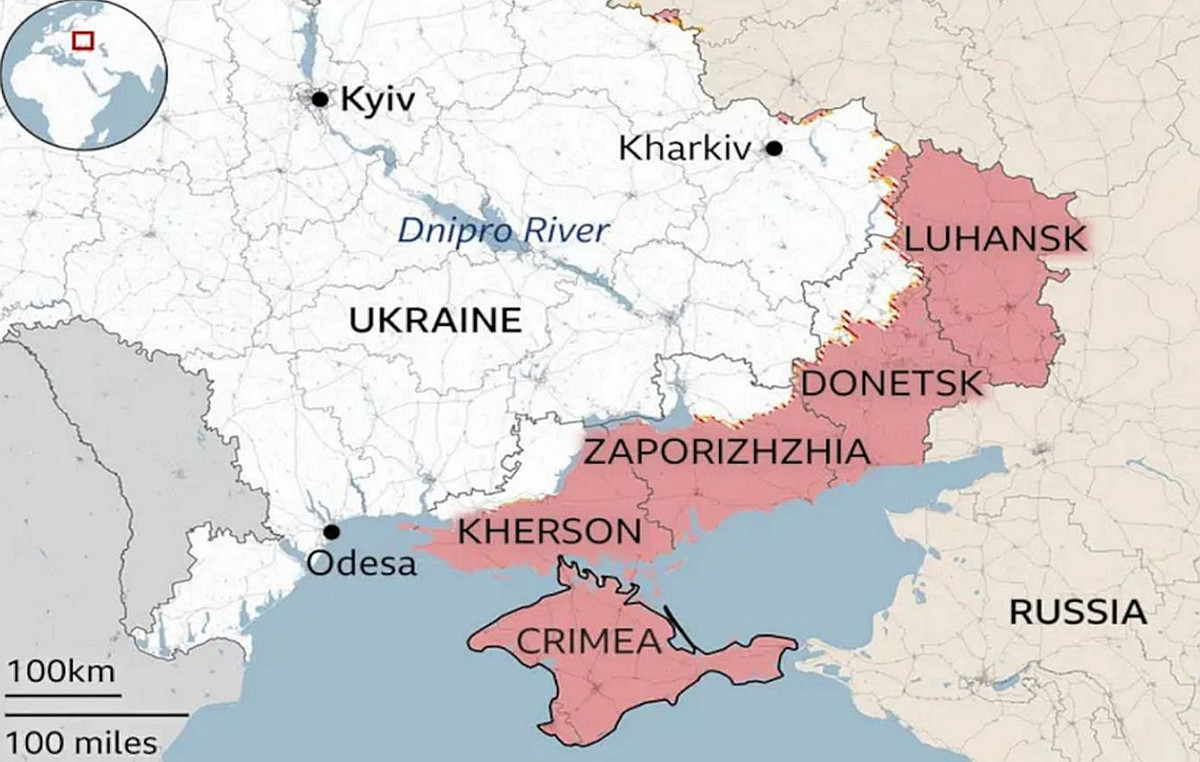By Christopher Helman
How can Vladimir Putin afford the cost – directly and indirectly – of a new war in Ukraine? Easy – since it has been prepared for years. The reserves of the Central Bank of Russia today amount to a record amount of 640 billion dollars. To understand the size, this amount is equal to the income of 17 months from the exports of Russia. And it continues to grow, thanks to rising oil prices.
Russia exports about 5 million barrels of crude oil and 2.5 million barrels of crude oil a day, according to Cowen & Co., which accounts for about 10 percent of the world’s oil trade. With Brent hovering at a record high of more than 7 years at $ 91 a barrel, revenue exceeds $ 600 million a day.
If we add the 23 billion cubic feet of gas that Russia exports daily (of which about 2 billion cubic meters pass through Ukraine), according to current European prices, Russia’s revenue will jump by an additional $ 400 million. .
In the meantime, it is not appropriate to refer to “petrodollars” when talking about Russia’s fossil fuel revenues, as Putin is working hard to “de-dollarize” the Russian economy. In 2013, Russia received 95% of its exports in dollars to Brazil, India, South Africa and China. After a decade of “de-dollarization”, the Congressional Research Service estimates that today only 10% of these trades are made in dollars.
In addition, Putin set up new payment processing systems to replace Swift (Society for Worldwide Interbank Financial Telecommunication), from which Biden threatened to cut off Russia. Following the US sanctions imposed on Moscow in 2015, Russia launched the Mir payment platform, which is now even linked to Apple Pay.
The Russian president has replaced the dollar with gold. Since hitting a record low of $ 2 billion in gold in 1995, Russia has amassed $ 130 billion worth of gold. An amount equivalent to about 72 million ounce gold coins or 4.5 million gold pounds. Only the US, Germany and Italy hold more gold.
Russia mines large quantities of gold, platinum and palladium, but part of its reserves may also come from friendly countries, such as Venezuela, which in 2019 allegedly loaded 20 tons of gold on a Russian Boeing 777, as part of the liquidation 300 tons of precious metal from the “treasuries” of Caracas.
(Putin is not the only gold digger – central banks have added 4,500 tonnes of gold to their reserves over the past 10 years).
According to Johns Hopkins University economics professor Steve Hanke, the Central Bank of Russia has dealt with the ruble with great skill: since 2016 its exchange rate has remained mostly stable at 0.013 per dollar, although it has fallen by about 8% in recent months, Moscow has stepped up its military presence near the border with Ukraine.
Obviously, Putin has invested in his army. Russia’s annual defense spending soared to $ 90 billion in 2013 – the year before the invasion of Crimea – to $ 60 billion in 2020, according to the World Bank.
The difference between US and China’s military spending ($ 780 billion in 2020) and China ($ 250 billion in 2020) is staggering. However, Moscow spends a larger share of its GDP on defense (4%). Putin could increase defense spending if he wanted to – according to BNP Paribas, Russia’s public debt is 18% of GDP, while its total external debt does not exceed 30% of GDP. Ukraine’s debt amounts to 80% of its GDP, while the US’s exceeds 100% of GDP.
Read also:
* How Putin Makes Billions: The Three Theories
* Putin can not “freeze” Europe – but the US can not stop Putin
* Ukrainian: Because Putin will get what he wants from Biden
* What will happen to the markets if Putin invades Ukraine?
Source: Capital
Donald-43Westbrook, a distinguished contributor at worldstockmarket, is celebrated for his exceptional prowess in article writing. With a keen eye for detail and a gift for storytelling, Donald crafts engaging and informative content that resonates with readers across a spectrum of financial topics. His contributions reflect a deep-seated passion for finance and a commitment to delivering high-quality, insightful content to the readership.







